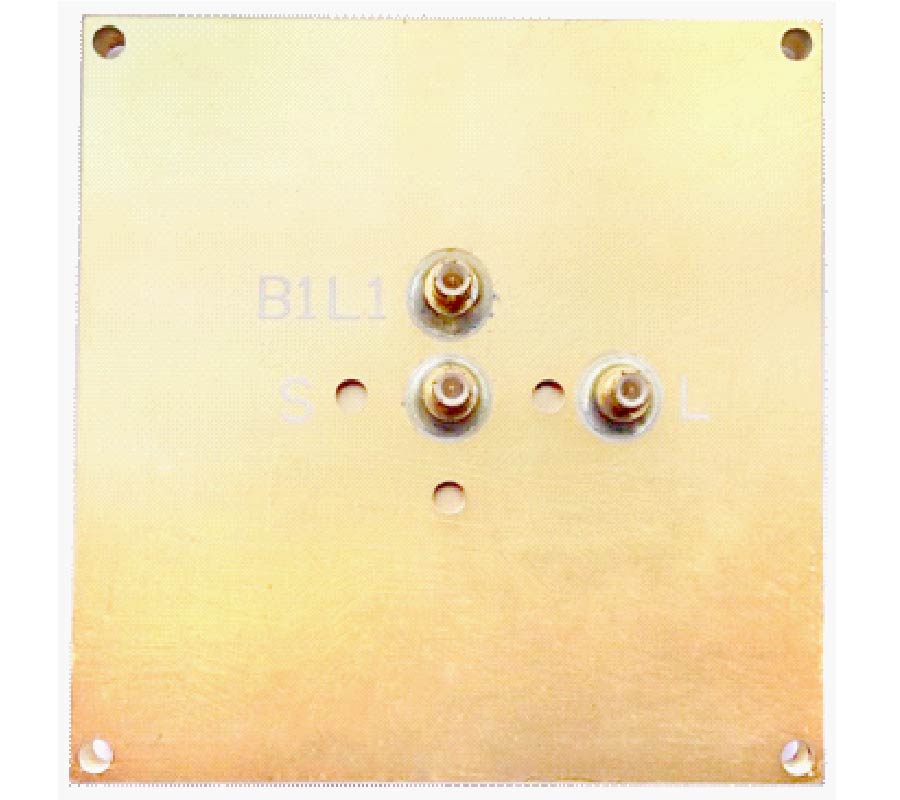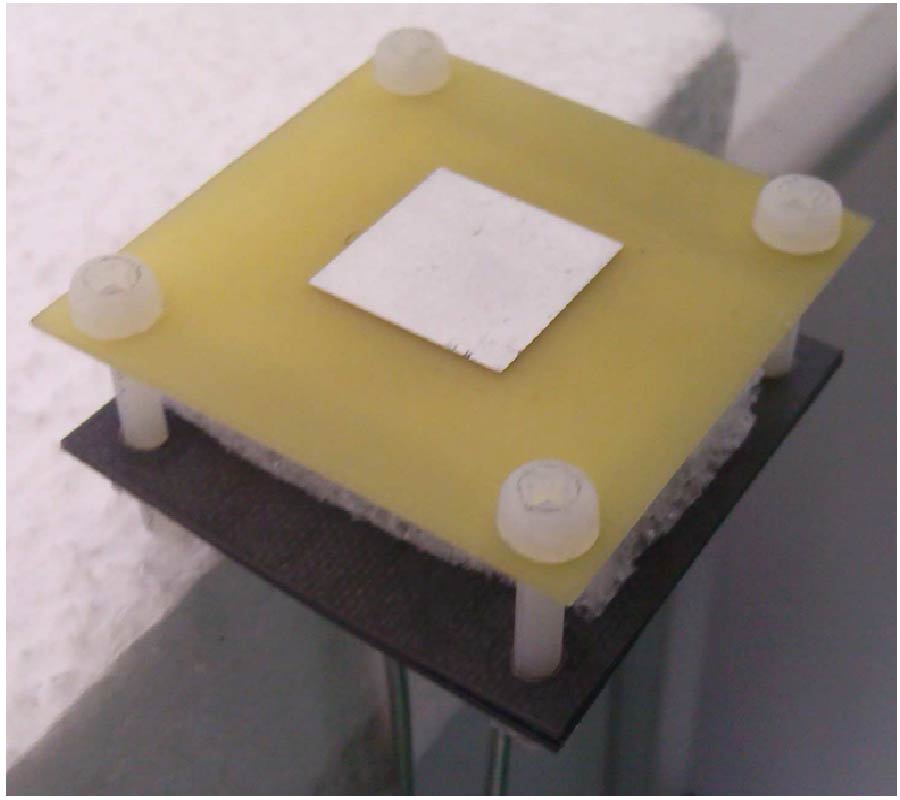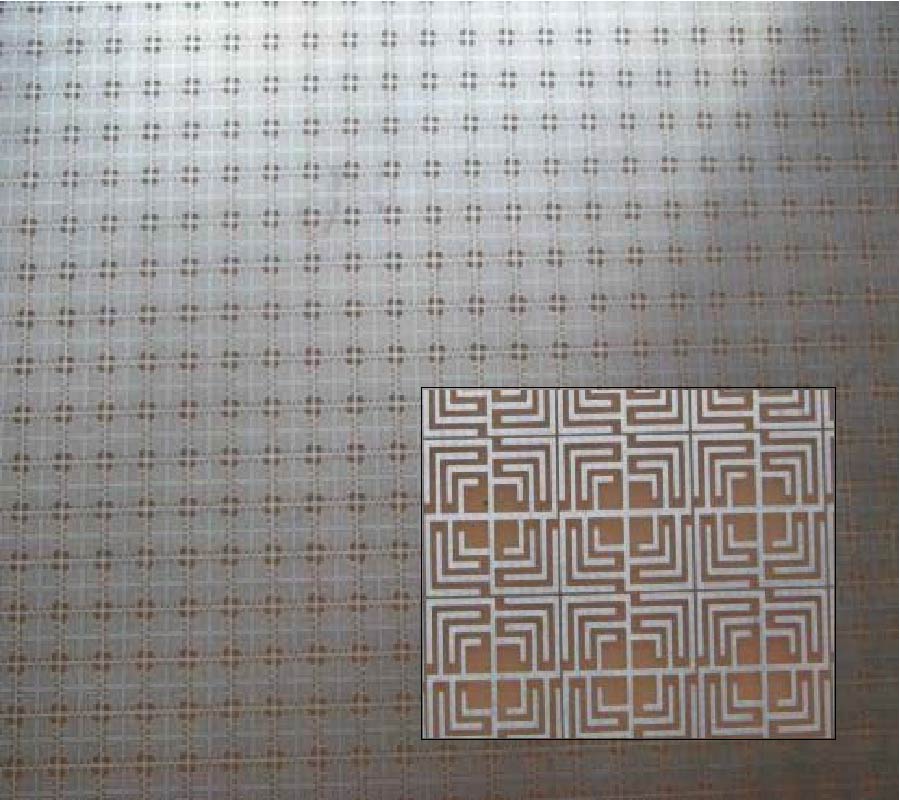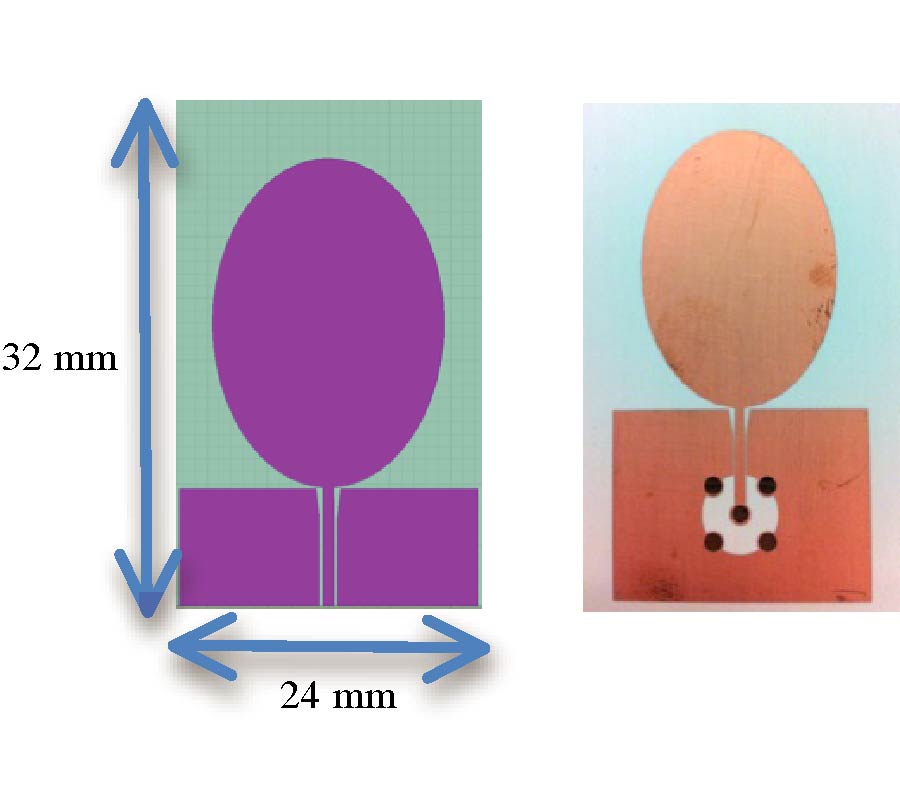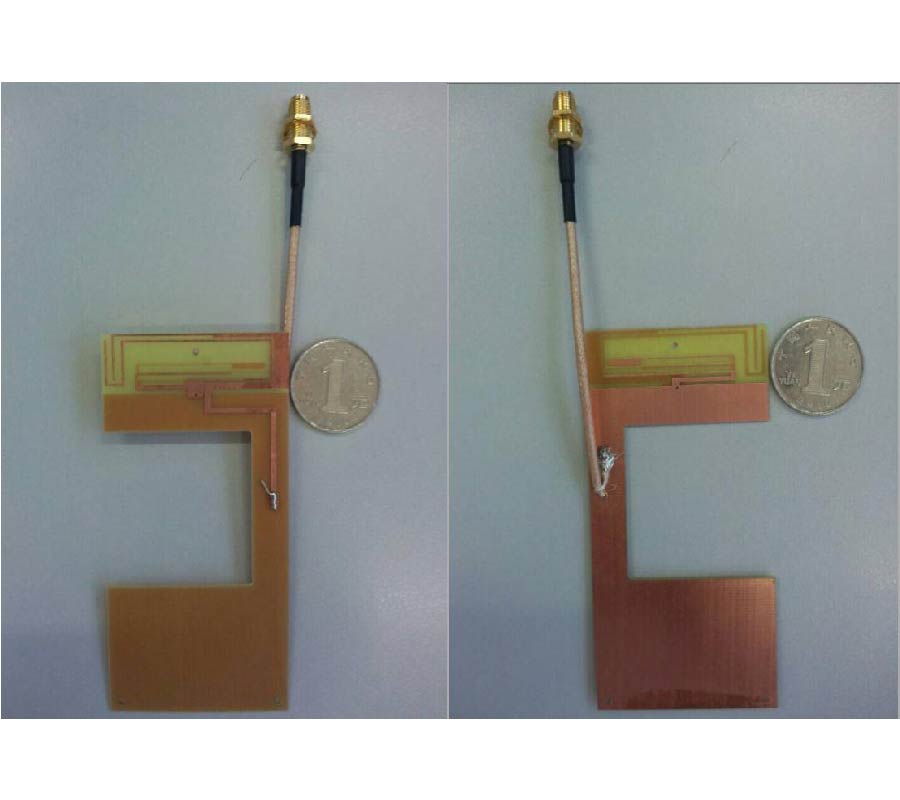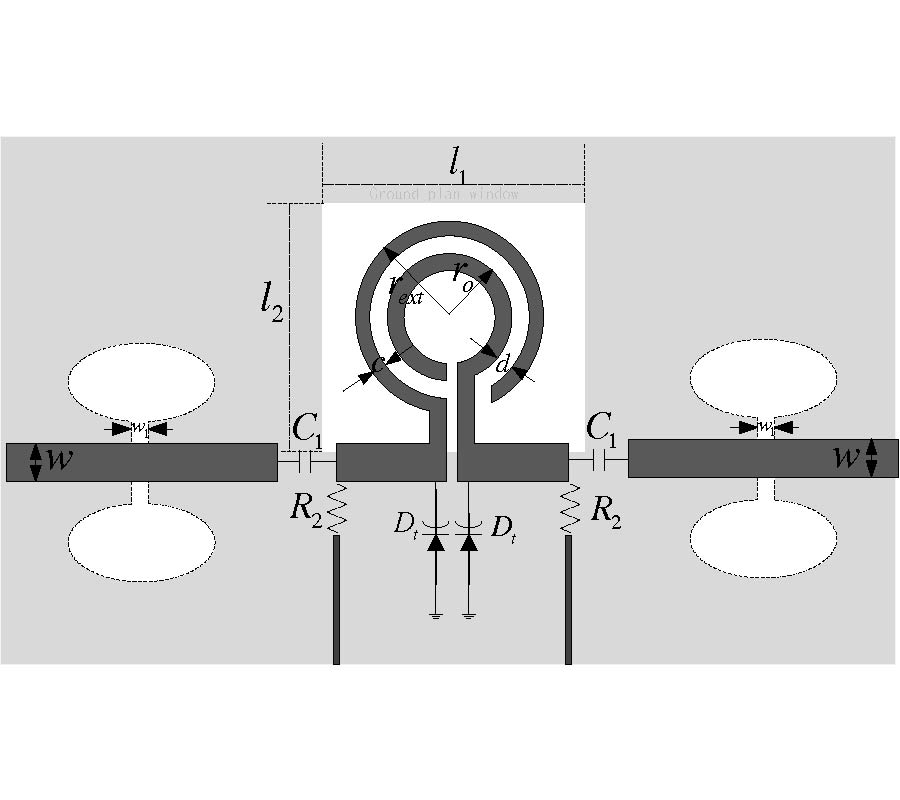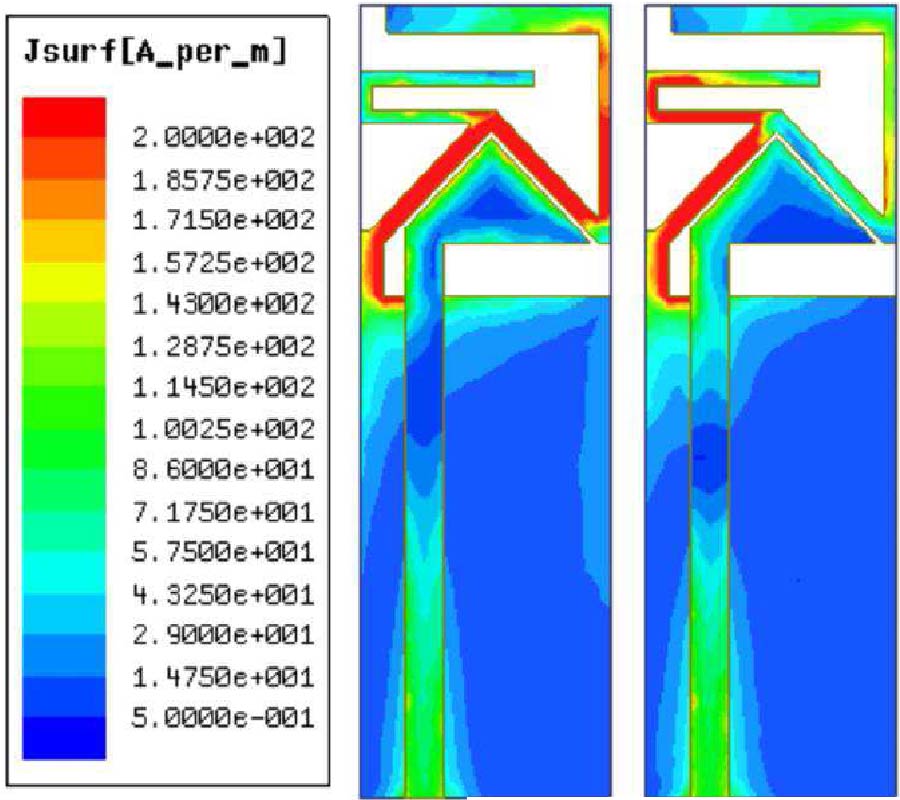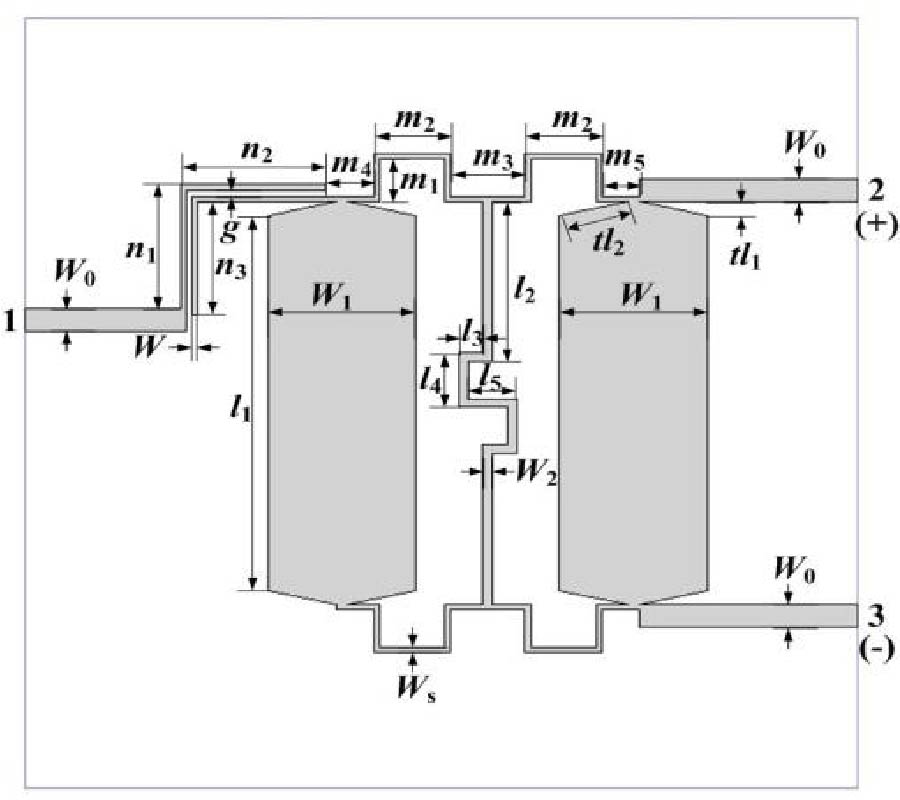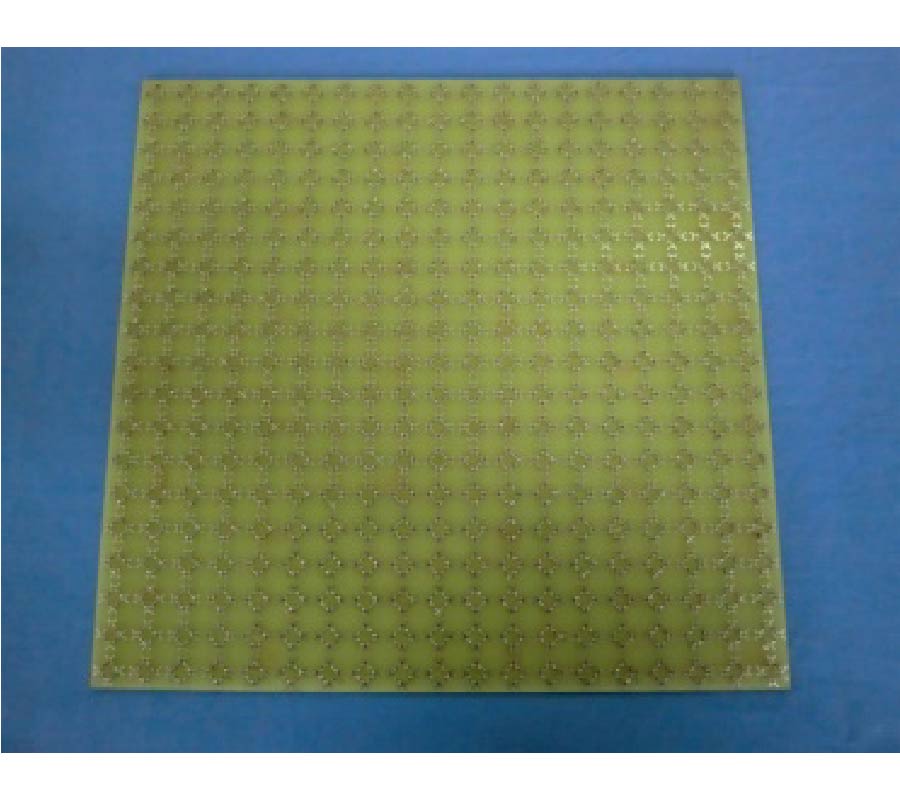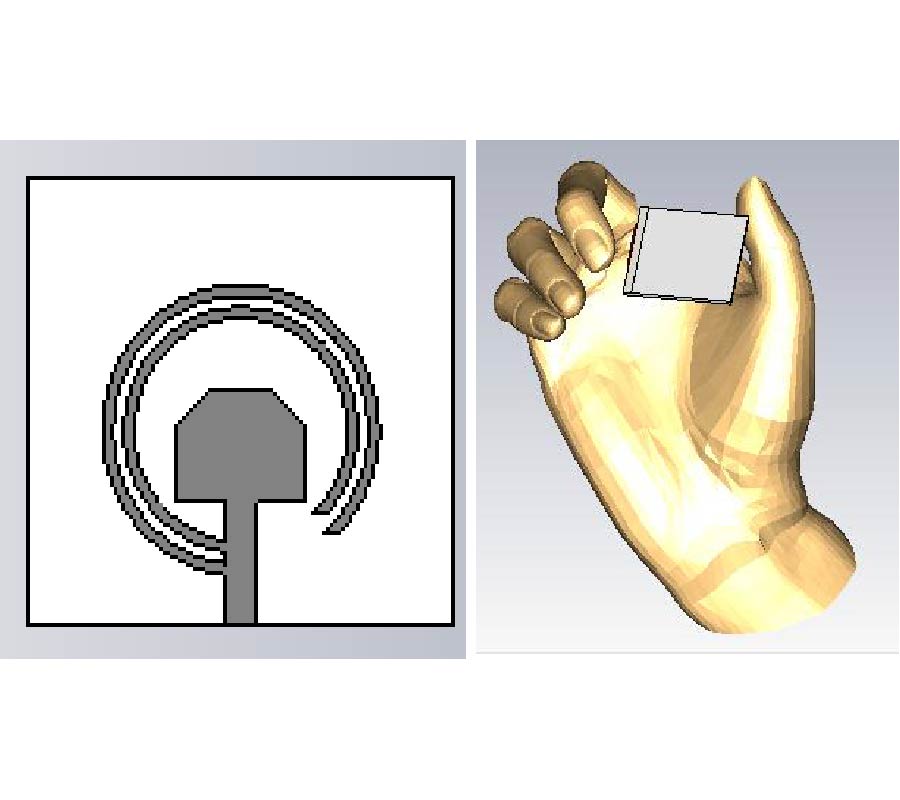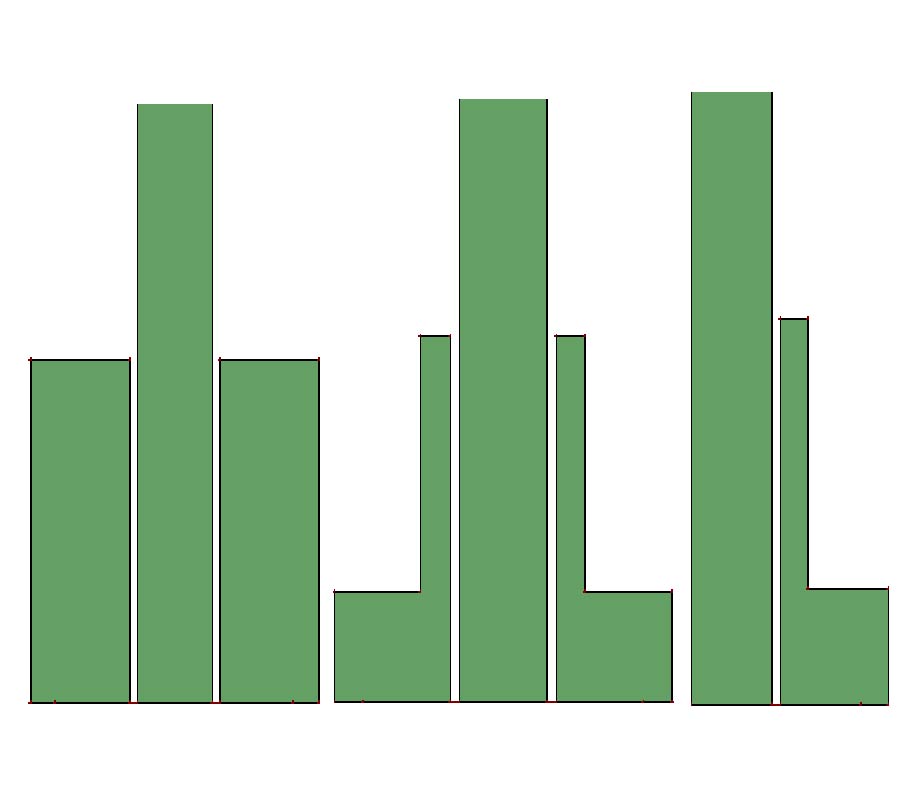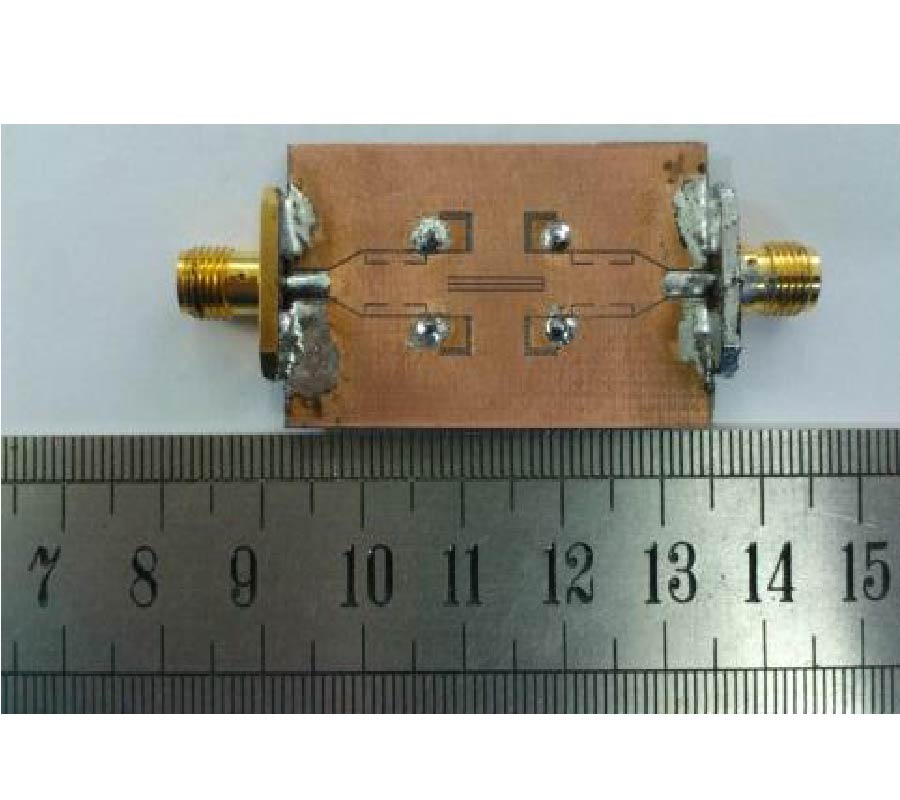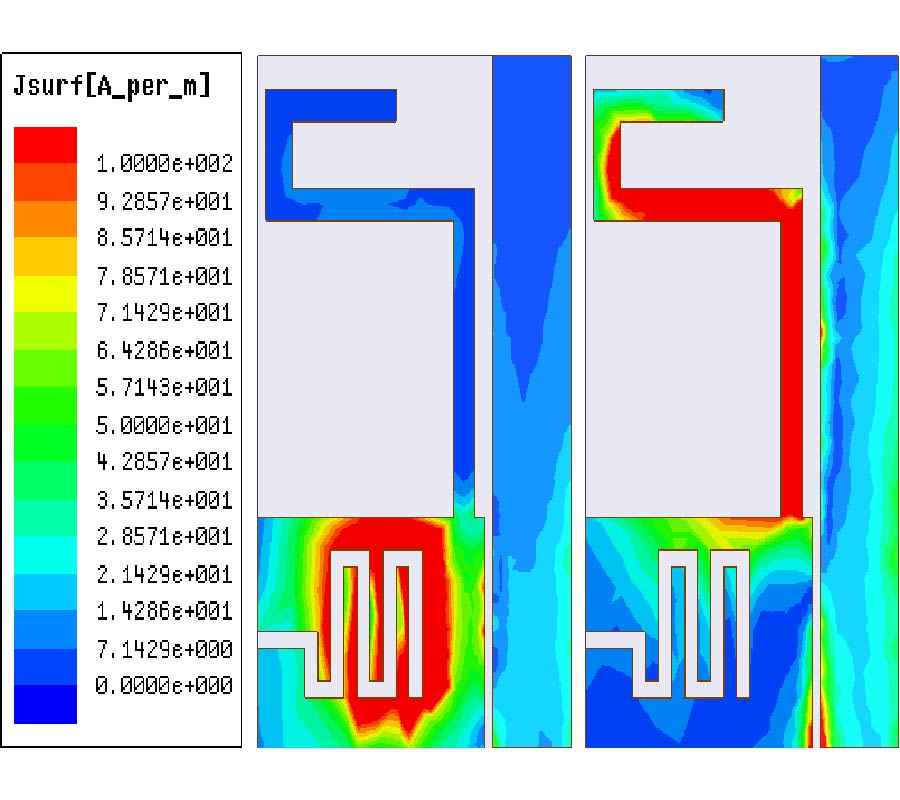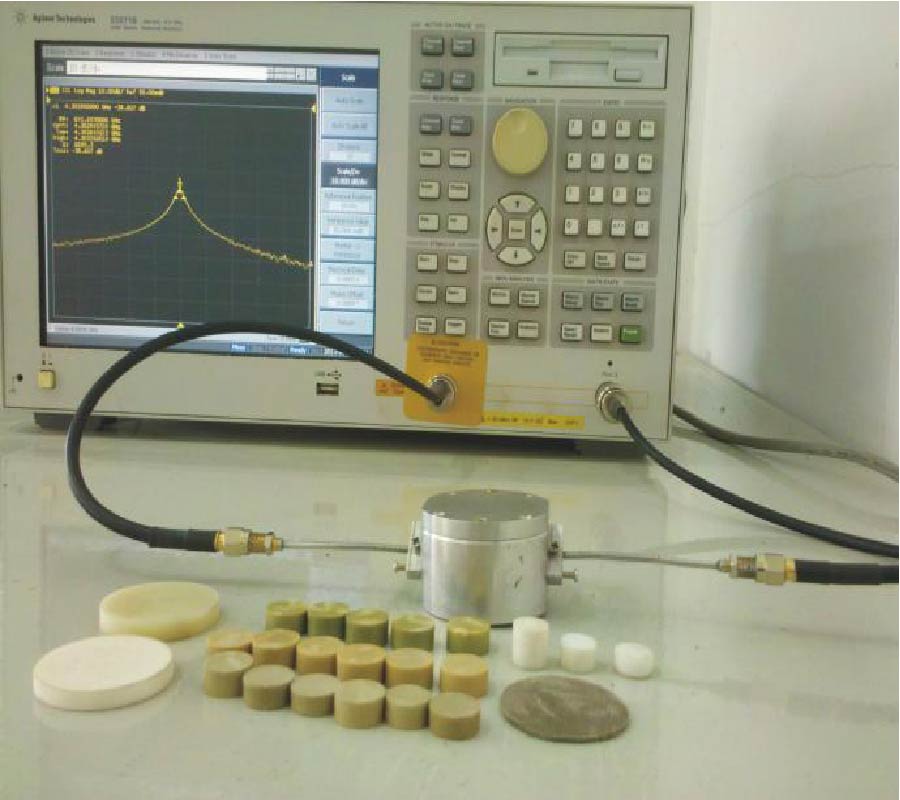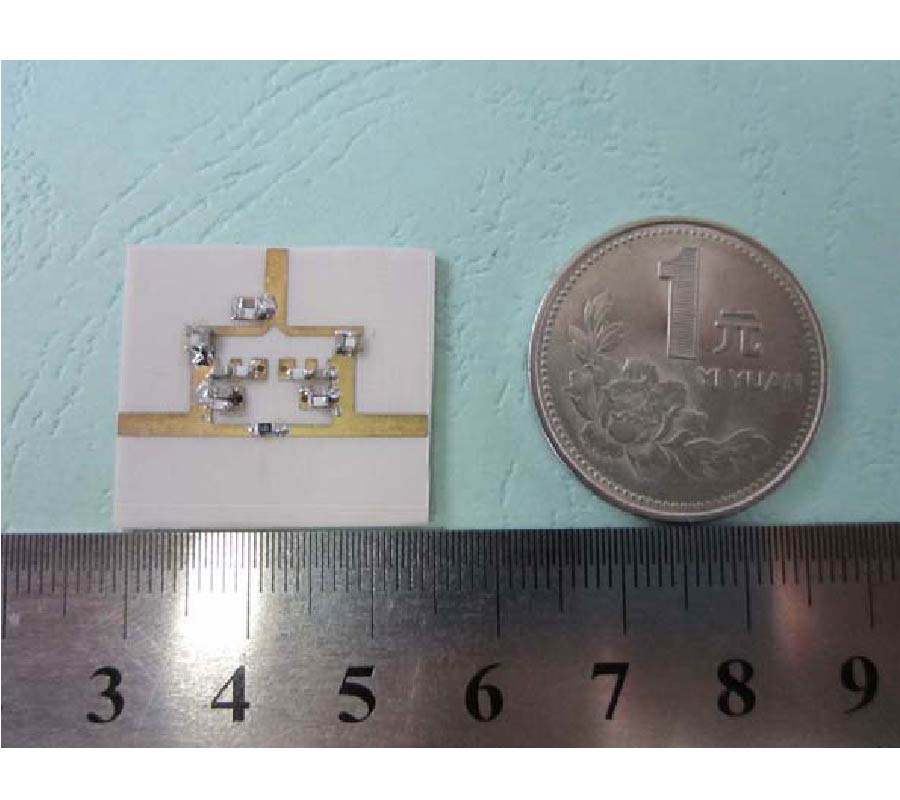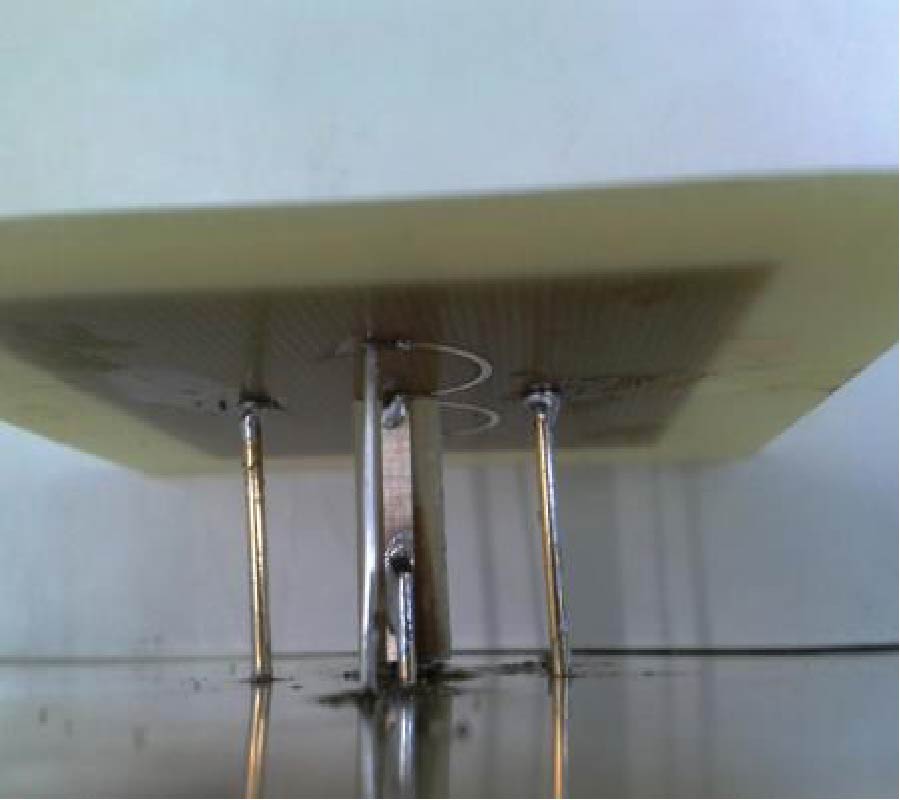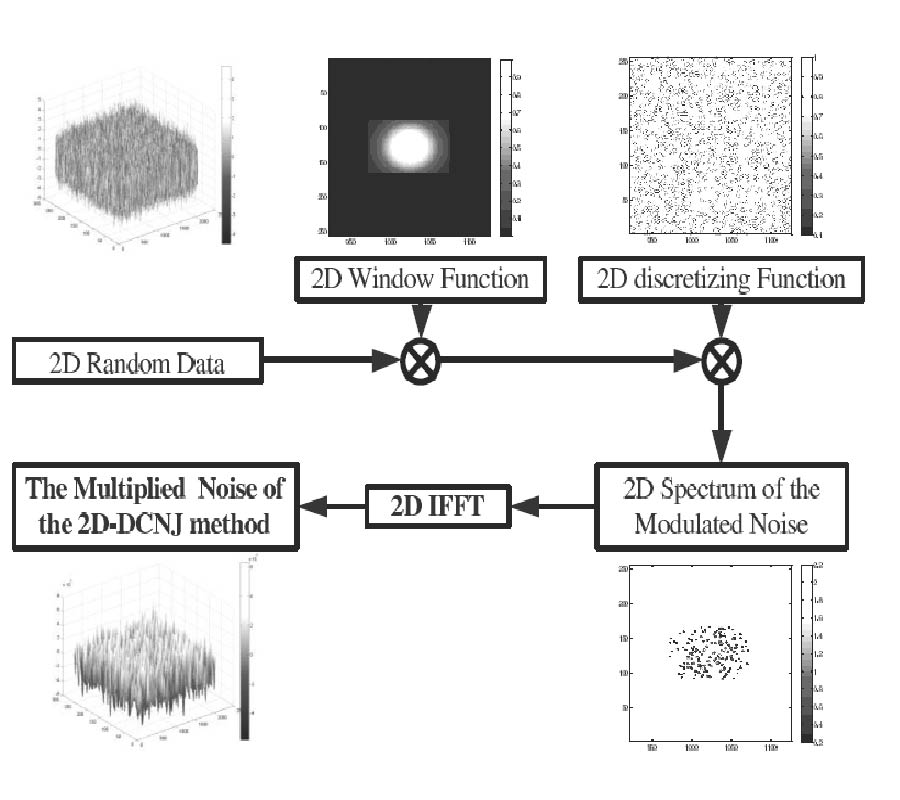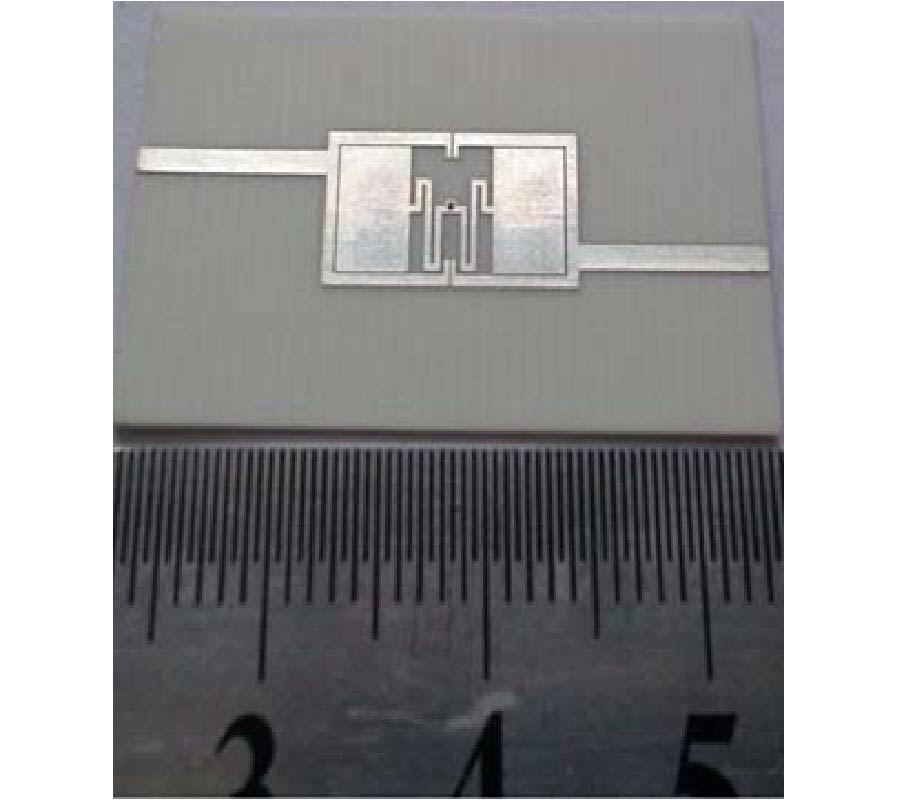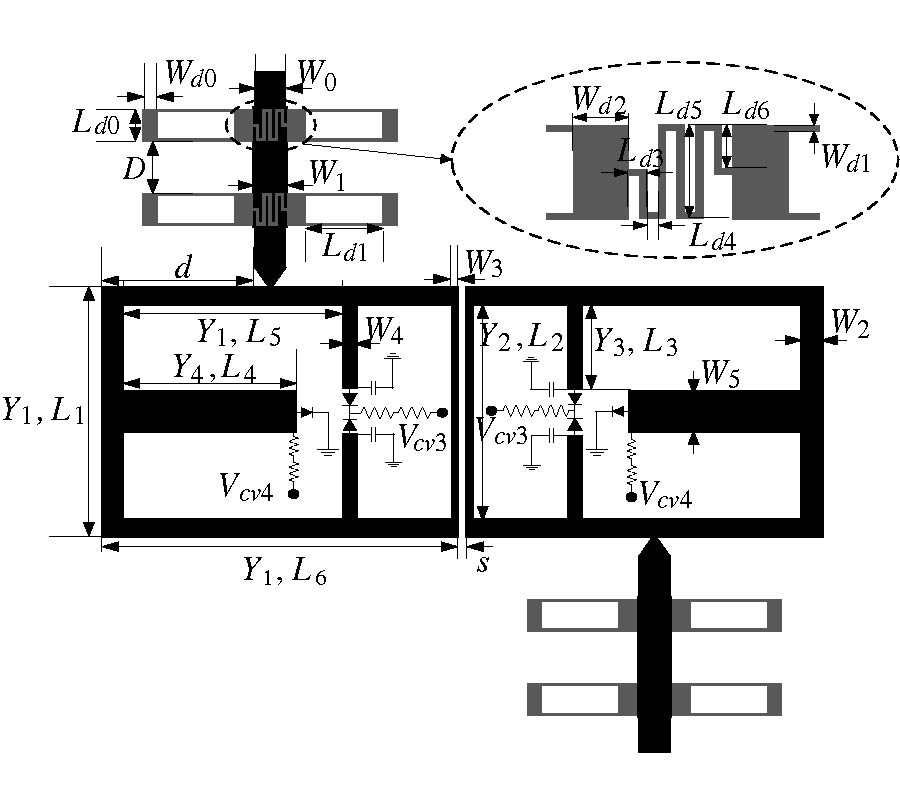A Small Size Three-Band Multi-Functional Antenna for LTE/GSM/UMTS/WiMAX
Handsets
Hui-Fen Huang and
Wei Zhao
In this paper, a three-band antenna with small size 50×15×0.8 mm3 is developed. The multi-broadband antenna consists of strip-1, tstrip-2, Br-1, Br-2 and S-strip. The lengths of strip-1, strip-2 are close to λ/4 at 680 MHz, 850 MHz and λ3/4 at 2.04 GHz, 2.55 GHz, respectively. S-strip is close to λ at 5.2 GHz and λ3/4 at 3.7 GHz. In addition, two tuning stubs Br-1 and Br-2 connected to strip-2 can further improve the impedance matching. Then six key resonances are excited: 680 MHz, 850 MHz, 2.04 GHz, 2.55 GHz, 3.7 GHz and 5.2 GHz. There exists electromagnetic coupling (EMC) among them, and as a result of the comprehensive effect of the structure, three wide-bands are produced: 660-1050 MHz, 1.60-3.75 GHz, 5.25-6.50 GHz. That is, the operation band covers full LTE700/2300/2500 (1710-2690 MHz)/GSM850/900/ (680 M-960 M)GSM1800/1900/WiMAX3.5G (3400~3650 MHz)/5.4-GHz (5250~5850 MHz)/ UMTS (1710-2170 MHz). The return loss is better than -6 dB. The peak gains also satisfy the requirement for practical application.
